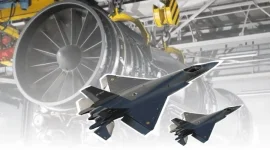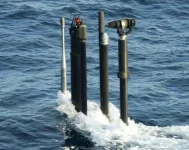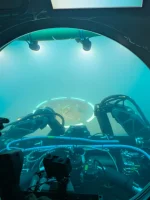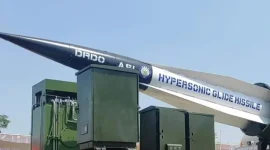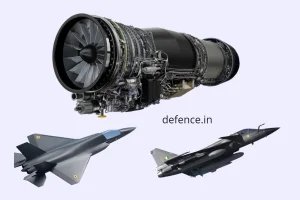- Views: 2K
- Replies: 22
In a major move to bolster its military self-reliance, India's Ministry of Defence has formally sanctioned the development framework for the Advanced Medium Combat Aircraft (AMCA).
The announcement, made on May 27, 2025, solidifies the nation's commitment to producing its own fifth-generation stealth fighter jet, a critical project under the government's Aatmanirbhar Bharat (self-reliant India) initiative.
This decision signals India's strategic choice to develop its own advanced combat aircraft rather than purchasing foreign models like Russia's Su-57 or the United States' F-35. The move is seen as essential for achieving long-term strategic autonomy in defence technology and production.
The AMCA program is spearheaded by the Aeronautical Development Agency (ADA), a part of DRDO. The project aims to deliver a state-of-the-art fighter to the Indian Air Force (IAF), which is currently managing a fleet of approximately 31 squadrons against a government-authorised strength of 42, making fleet modernisation a top priority amid regional security challenges.
According to former IAF Chief, Air Chief Marshal RKS Bhadauria, the focus on an indigenous platform is a matter of strategic necessity. He explained that relying on foreign aircraft often involves limitations on technology transfer, strict export controls, and geopolitical dependencies.
"The AMCA, on the other hand, is a clean slate, built from the ground up to meet India’s specific operational needs," Bhadauria stated, emphasizing that the project is about creating a domestic ecosystem for aerospace innovation.
This strategy was reinforced by India's 2018 withdrawal from a joint program with Russia to develop a fighter based on the Su-57, citing concerns over the aircraft's stealth capabilities and engine development.
Similarly, while the American F-35 is a proven platform, its high operational costs and restrictive technology-sharing policies made it an unsuitable option for India's long-term goals.
Advanced Capabilities and Development Timeline
The AMCA is being designed as a 5.5-generation, twin-engine, multi-role fighter weighing 27 tonnes. Its advanced features are intended to place it among the world's most capable combat aircraft.Key technologies include a stealth design with an internal weapons bay to minimize its radar signature, the ability to fly at supersonic speeds without using afterburners (supercruise), and next-generation avionics. These systems will incorporate artificial intelligence and network-centric warfare capabilities, allowing for superior coordination in combat.
DRDO Chairman Samir V. Kamat has outlined an ambitious timeline for the project. The plan includes the rollout of five prototypes by 2027, with the first flight scheduled for 2028. Following extensive trials, the aircraft is expected to receive certification by 2032 and begin induction into the IAF by 2035.
The initial version, AMCA Mk1, will be powered by the American GE-F414 engine, which will be co-produced in India by General Electric and Hindustan Aeronautics Limited (HAL).
A more powerful Mk2 variant is planned for the future, which will feature a new, higher-thrust 110-kilonewton engine co-developed with an international partner.
Bridging to Next-Generation Warfare
The AMCA is designed to be future-proof, incorporating features often associated with sixth-generation fighters. These include provisions for being optionally manned, the ability to command unmanned "loyal wingman" drones, and potential compatibility with future hypersonic weapons.This forward-looking design ensures the AMCA will not only match current fifth-generation jets like the F-35 and China's J-20 but also serve as a bridge to the next era of aerial warfare.
However, despite the official approval and clear strategic vision, the program faces considerable challenges. Developing a stealth fighter is a technologically complex, expensive, and time-consuming process.
India is still building its expertise in critical areas such as stealth materials and advanced jet engine manufacturing.
The project has already experienced timeline adjustments, with the first flight initially hoped for by 2025 now scheduled for 2028, highlighting the difficult road ahead.

